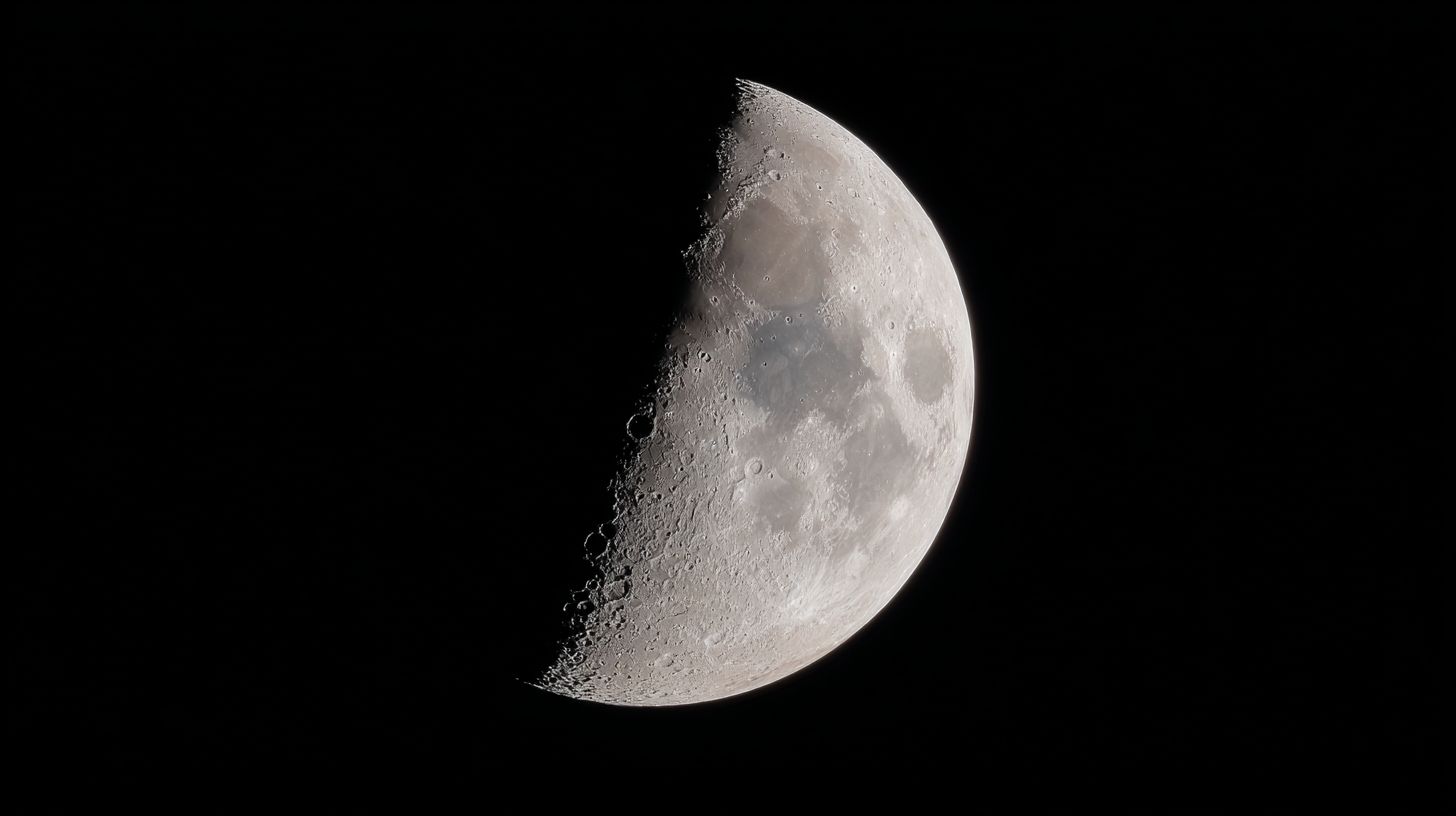
An unusual astronomical event known as the ‘Black Moon’ is set to occur this weekend, drawing interest from skywatchers and sparking speculation online. Despite its ominous name and associations with biblical prophecy, the Black Moon is a natural and scientifically understood phenomenon.
A Black Moon refers to a second new moon occurring within a single calendar month. It happens when the Moon is positioned directly between the Earth and the Sun, rendering it invisible from our perspective. This rare alignment takes place approximately every 33 months, making it a noteworthy event for astronomers and stargazers alike.
This weekend’s Black Moon will peak at midnight on Friday in the Eastern time zone of the Americas, and at 11:06pm Pacific time, extending into Saturday for other regions. While the Moon itself will not be visible, its absence enhances the darkness of the night sky, providing ideal conditions for stargazing. Without lunar light interference, celestial objects such as faint stars, distant constellations, and planets become significantly more visible.
The term ‘Black Moon’ is not used in formal astronomy but is instead a colloquial label. Despite this, its rarity and the mystery surrounding its invisibility have led some on social media to link it with apocalyptic prophecies, referencing biblical passages about the moon losing its light. These interpretations, however, are not supported by scientific evidence.
Astronomers emphasise that the Black Moon is identical to any other new moon in terms of its physical properties. The only difference lies in its timing within the calendar month. Still, the event presents a unique opportunity for space enthusiasts to observe the night sky in exceptional clarity.
The next Black Moon is not expected until 20 August 2028, making this weekend’s occurrence a rare celestial treat. For those equipped with telescopes or even binoculars, it offers a chance to delve deeper into the cosmos and appreciate the natural rhythms of our solar system.

